Gemstones Made in a Lab: What Are Synthetic Diamonds All About?
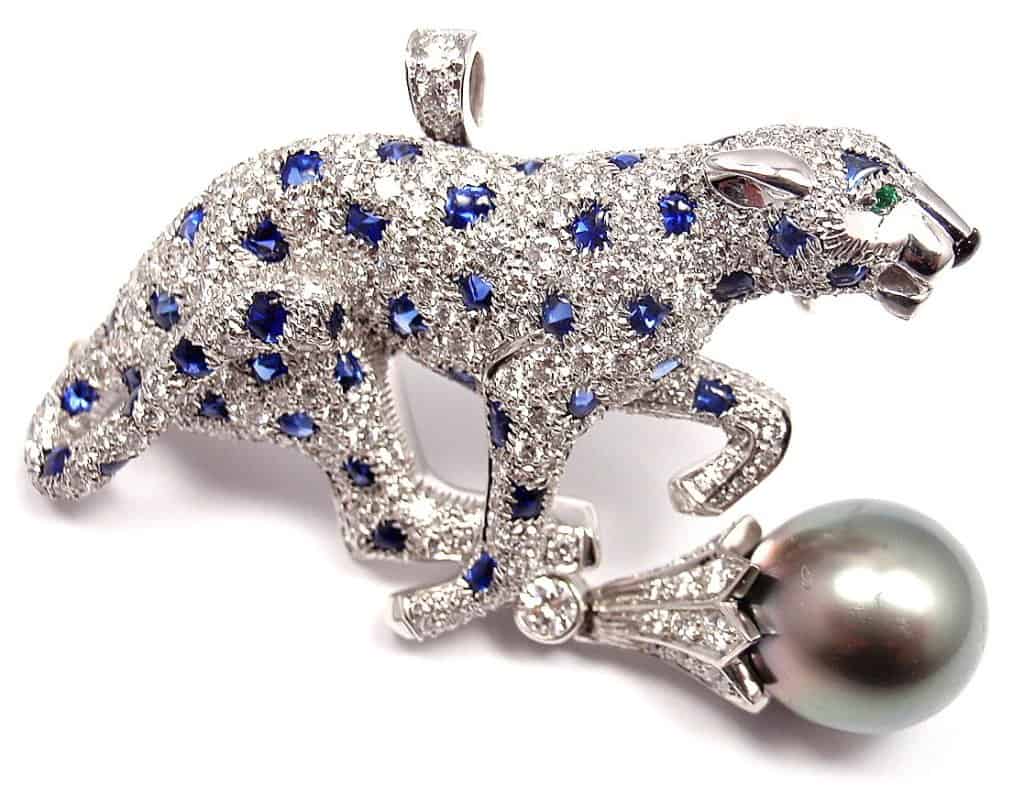

Diamonds are one of the hardest and most durable minerals in the world. They have to be extracted from diamond mines, deep within the earth. These natural gemstones are formed after millions of years of geological pressure. But, these days, you’ll also find diamonds made in the lab, also known as synthetic diamonds.
In the recent years, scientists have been able to study the structure of diamonds and figure out how to recreate them in laboratories. After having the knowledge of diamond properties, both chemical and physical, they have been able to come up with artificial diamonds. But, do they actually have value?
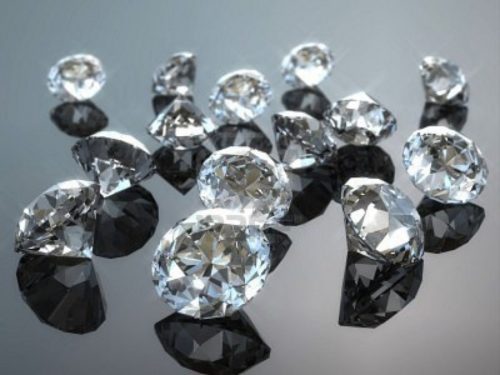
Image Source: Rio Grande Blog
Synthetic diamonds are generally known as “grown” diamonds. According to the Diamond Producers Association (DPA), this term grown diamonds is actually a misleading one. To my surprise, some companies who are members of the DPA have converse opinions about the meaning behind this association.
Companies such as the De Beers and Rio Tinto are very vocal about synthetic diamonds being inauthentic. On the contrary, the manufacturers of of these diamonds made in labs have supporting reasons for the manufacturing of diamonds. According to them, they are “promoting the environmental benefits of their process.”
The whole process is all about attracting millennials who are more concerned about saving money and being green. What then happens to the tagline “diamonds are forever”? That is supposed to be embraced? Well, a majority may lose out in the end when they clinch on the lab diamonds.
Within a period of three months, the lab diamonds are ready for the jewelry market. But, how are these gems made in the labs?
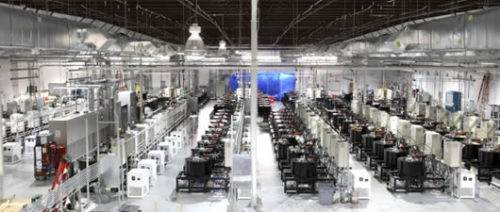
Lab Diamond Incubators. Image Source: Henrys Fine Jewelry
A natural diamond is majorly composed of carbon. With this in mind, two approaches may be used to manufacture diamonds.
Companies like General Electric used the lab-made diamonds for industrial uses in the 1950’s. They had not approached the gem quality until to 20 years later when colored diamonds were available.
Well, according to gemstone experts, the difference between lab diamonds and natural diamonds is the apparent crystal patterns.
Tom Moses, an overseer in the laboratories and research department at the Gemological Institute of America, says synthetic diamond producers started their work five years ago.
They created stones that could resemble natural diamonds and fool people into buying them. It is not easy to differentiate between the two because they look the same.
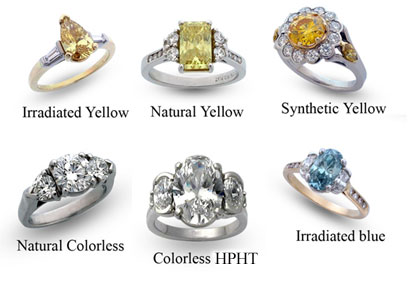
Synthetic VS Natural Diamonds: Can you spot the difference? Image Source: JCRS
As a diamond buyer, you could be hurt financially if you’re fooled into buying lab-created diamonds without your knowledge. Here are two things to keep in mind:
The quality of manufactured diamonds is really improving rapidly. Thanks to the Gemological Institute of America and other groups who are bringing into light ways to distinguish between natural and synthetic, manmade diamonds.
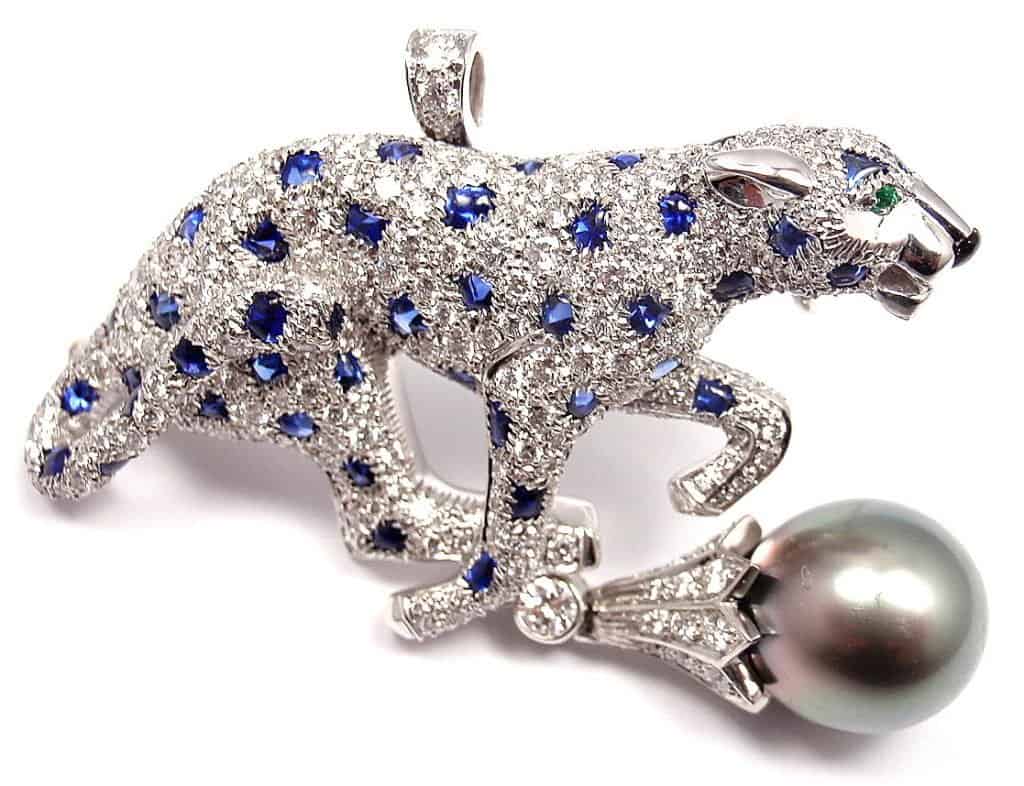
Isn’t this Platinum Panther Diamond, Sapphire & Pearl Brooch just absolutely astounding? Image Source: Pinterest
The director of marketing at Pure Grown Diamonds, Kelly Good, has an opinion on the value of lab diamonds. She argues that they do have value just like natural diamonds. This is because, according to Good, lab diamonds go through extensive and expensive processes just to be produced. She says these synthetic gems are not cheap either.
Thousands of jewelry pieces with tiny diamonds could be hard to test whether the gemstones are synthetic or natural. It is a good sign that some companies are clearly distinguishing between the two for their customers. These are the types of jewelers and jewelry stores you can actually trust.
Signup now and receive an email once I publish new content.

Content Writer and Editor at The Pearl Source
Abigael Shem is a Content Marketing Geek with eight years' experience in academic, content, research and creative writing, editing and proofreading. When she's not writing, she enjoys singing, dancing, hiking, traveling and sports, especially football and basketball. Abigael currently blogs for The Pearls of Wisdom blog.
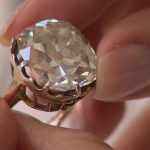 What's Your Diamond Worth? "Worthless" Tenner Diamond Sells for Thousands
What's Your Diamond Worth? "Worthless" Tenner Diamond Sells for Thousands